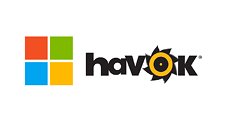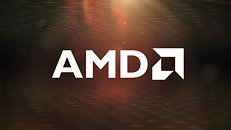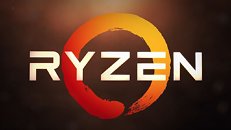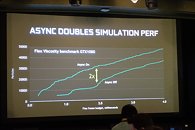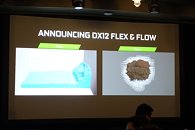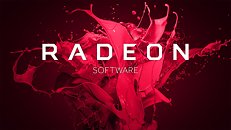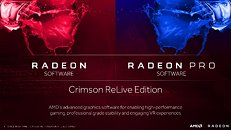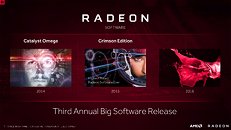
Microsoft Trademarks Direct Physics - HAVOK Rebranded?
As you might recall, Microsoft bought HAVOK from Intel back in 2015, promising to "add Havok's IP to its existing tools and platforms, including DirectX 12, Visual Studio, and Azure." Well, it would seem we are seeing the fruits of that particular seeding, with Microsoft having trademarked "Direct Physics".
With Microsoft having previously talked about integrating HAVOK with its DX12 API, that is probably the most probable scenario for this trademark. A tighter, in-DX12 integration could possibly allow for the physics workflow to have increased performance under the API, which is something we can all get behind of. However, this also begs the question as to what exactly happens to HAVOK licensing in the process. I myself wouldn't expect Microsoft to put its HAVOK tools and libraries behind a DX12 implementation wall - the number of companies who license those libraries aren't few in number. So my guess is that Microsoft is simply rebranding the HAVOK middleware for integration under its DX12 API, which could mean opening up its libraries to any game that makes use of DX12.
With Microsoft having previously talked about integrating HAVOK with its DX12 API, that is probably the most probable scenario for this trademark. A tighter, in-DX12 integration could possibly allow for the physics workflow to have increased performance under the API, which is something we can all get behind of. However, this also begs the question as to what exactly happens to HAVOK licensing in the process. I myself wouldn't expect Microsoft to put its HAVOK tools and libraries behind a DX12 implementation wall - the number of companies who license those libraries aren't few in number. So my guess is that Microsoft is simply rebranding the HAVOK middleware for integration under its DX12 API, which could mean opening up its libraries to any game that makes use of DX12.
